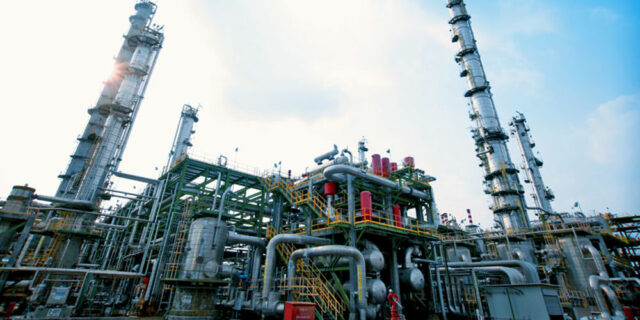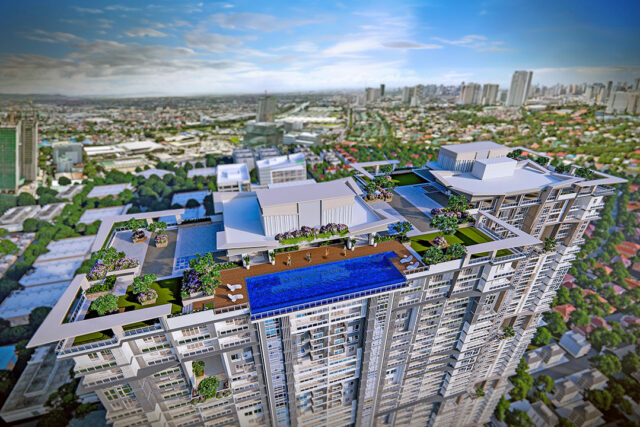JG Summit Q1 profit falls 61% to P4.3B amid petrochemical losses
JG SUMMIT Holdings, Inc. reported a 61% drop in first-quarter (Q1) net income to P4.3 billion from P11 billion a year earlier, weighed down by losses from its petrochemical business, which will remain shut for at least two years.
Consolidated revenues rose by 2% to P98.2 billion from P96.6 billion, lifted by the conglomerate’s travel, malls, hotel, and food and beverage segments, the company said in a disclosure to the stock exchange on Wednesday.
However, core net income dropped by 65% to P4.4 billion, as last year’s figure included a P7.9-billion gain from the merger of Robinsons Bank Corp. and Bank of the Philippine Islands.
“We are hopeful that the encouraging trends we are seeing in improving consumer sentiment brought about by the tempering inflation coupled with the favorable forex and oil prices will help accelerate demand and translate to better topline growth and improving margins for the balance of the year,” JG Summit President and Chief Executive Officer Lance Y. Gokongwei said.
JG Summit announced that its petrochemical unit, JG Summit Olefins Corp. (JGSOC), will remain shut for at least two years due to ongoing challenges in the global market.
“During this period, the focus will be on preserving the assets in the plant complex while evaluating strategic options for the business moving forward. Meanwhile, its liquefied petroleum gas trading arm, Peak Fuel Corp., will continue to operate,” JG Summit said.
JGSOC recorded a net loss of P3.3 billion for the period, as non-recurring costs were incurred to facilitate the shutdown. Revenues declined by 46% to P7.6 billion, weighed by lower petrochemical sales.
“Our decision to extend the shutdown of our petrochemical unit will also help reduce the drag on our profitability,” Mr. Gokongwei said.
Meanwhile, its food business Universal Robina Corp. reported a 2% drop in net income to P4.1 billion, reflecting lower foreign exchange gains. Revenues rose by 7% to P45.3 billion, driven by the domestic branded consumer foods segment.
Robinsons Land Corp., the group’s property arm, saw its net income increase by 4% to P3.5 billion. Revenues rose by 1% to P10.7 billion, supported by sustained investment portfolio growth despite a decline in residential sales due to fewer units sold post-pandemic.
Cebu Air, Inc., the airline unit, posted a 79% drop in net income to P466 million, following higher aircraft depreciation and financing costs. Revenues, however, grew by 20% to P30.4 billion, supported by robust passenger demand and continued network expansion.
JG Summit’s core investments also contributed positively. Its share in Manila Electric Co.’s net income rose by 9% to P2.7 billion, driven by higher distribution sales volumes and stronger contributions from its power generation business.
PLDT, Inc. declared dividends of P47 per share, resulting in P1.1 billion in dividend income for JG Summit, up 2% year on year.
On Wednesday, shares in JG Summit fell by 0.65% or 12 centavos to close at P18.38 each. — Revin Mikhael D. Ochave














